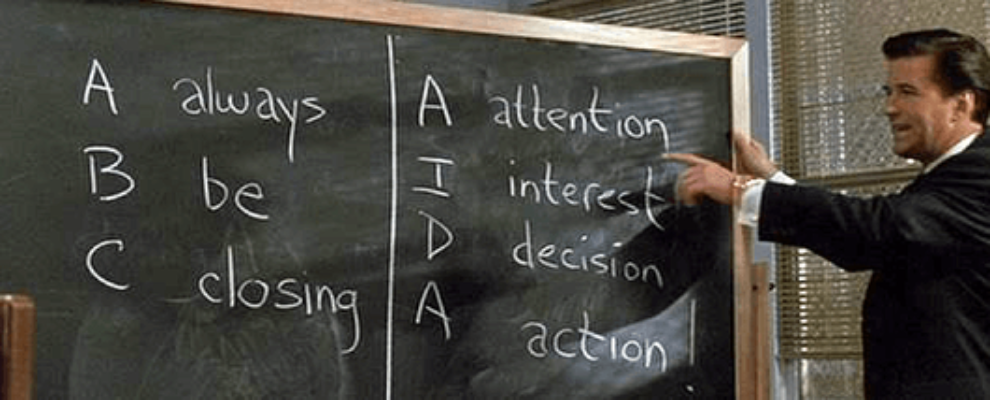What Is Your Brand’s Alignment
No, this is not a Dungeons & Dragons joke, although it does involve a fantasy author.
I’ll not identify him, because this is not really about him, but he recently released a video on his YouTube channel announcing that he was going to stop making videos for awhile.
In this era of DIY, no one cancels you when your videos get low ratings. You have to do that yourself.
In his case, it was a good idea. Although he was having fun making them, the videos were sucking up the time he needed to do more important things.
Like write. He was doing very little writing. Not just because of the videos. He had other things going on in his life as well, and taken together, he couldn’t afford to spend 20 percent of his time making videos.
Hence, the self-cancellation.
Which was a good idea, like I said.
The problem with his lack of success, I think, came down to a clash of alignments.
Not neutral good or chaotic evil alignment, but his brand’s alignment.
He is a fantasy writer, but his videos were all about him. His writing. His opinions. Not about the fantasy genre. Not about his books in the fantasy genre. Not about the genre at all.
He was making videos for a small audience, one that might not be interested in his books.
He had made this mistake before. He had made videos on a very popular subject. He got a lot of views and a lot of subscribers willing to engage with him on the subject.
The only problem was, not many of those fans read fantasy novels.
What’s the Takeaway?
What we have here is a lesson in brand misalignment.
Maybe it’ll help if I explain that marketing can be like being a carnival barker. Anything that you post — social media, YouTube ads, blog posts — are the barkers. Their job is to get the customer interested in your books.
And that means following the path of AIDA.

That’s an acronym popularized in Glengarry Glen Ross. It means whatever you put up, you need to create a path that leads the customer from it to your goal, whether it’s to buy your book, signup for your newsletter, or read another interesting post.
Here’s an example of an AIDA path:
Attention: Someone searches for a post on something and find yours.
Interest: They read the post, and your software makes suggestions for more posts on the subject.
Decision: They see references to a book on the same subject and decides to buy it.
Action: They follow the book link and buy the book.
In the case of our fantasy writer, here’s one possible path:
Attention: He decides to write a short story and film himself narrating it. The story can be broken up into three video segments, each one ending on a cliffhanger.
Interest: They’re posted, and he includes a link in the show notes to his website so they can sign up for his newsletter. (Plus, judging by the number of views for each video, he can get an idea if his story is engaging them. Remember, this is a short story, not a novella.)
Decision: They see the link and decide to visit the website.
Action: They follow the link and sign up.
That’s it. A simple funnel. I use it at the end of this post to get you to the “Career Indie Author” book page. If you like what you see, you’ll click on the link to where you can buy the book.
That’s AIDA in real life.
There are other possible paths, depending on the type of books you write.
If you’re writing relationship self-help, you can be giving advice to readers, like Amy Alkon. If you’re a journalist who writes deep dives into the intersection of commerce, culture, creativity, and the sciences like Malcolm Gladwell, you do a series of podcasts on the same subject.
Many indie authors add a consulting sideline to their fiction work, and build a good part of their business around that. David Gaughran, Mark Dawson, and Joanna Penn are working hard in that area.
In fiction, deciding how to lure the punters into your tent is a lot harder. Jonathan Maberry, before he became a best-selling author, conducted interviews on his website with other authors in his thriller genre. His reasoning was their fans would come over, read the interviews, and check out his books.
I don’t know if it helped, but the logic is sound, and there are never enough thrillers to suit readers, so why wouldn’t they?
Building AIDA paths also have another benefit: It helps you focus your efforts that could bring meaningful results.
If you’re wondering what to advertise, or if, or where, think about the path. Build the path from whatever you do to an endpoint that you can see. If it’s newsletter signups, then you can tell if it worked by the number of people who join.
But always remember, keep your brand aligned with your AIDA.
If you want to learn more about branding and other aspects of the writing business, check out “Career Indie Author,” the one thing apart from coffee that’ll get your heart started in the morning.
